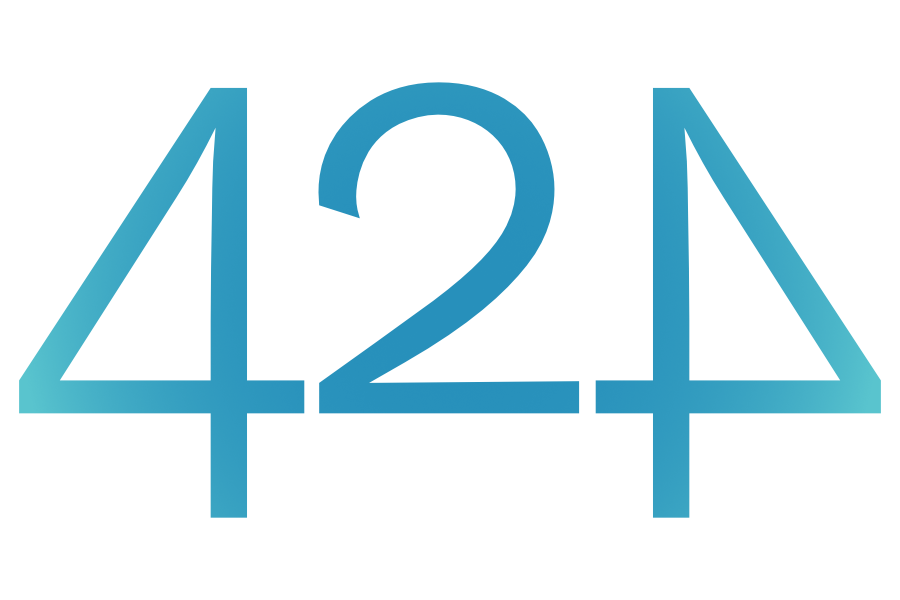I have now spoken of lime and sand, with their varieties and points of excellence. Next comes the consideration of stone-quarries from which dimension stone and supplies of rubble to be used in building are taken and brought together. The stone in quarries is found to be of different and unlike qualities. In some it is soft: for example, in the environs of the city at the quarries of Grotta Rossa, Palla, Fidenae, and of the Alban hills; in others, it is medium, as at Tivoli, at Amiternum, or Mt. Soracte, and in quarries of this sort; in still others it is hard, as in lava quarries. There are also numerous other kinds: for instance, in Campania, red and black tufas; in Umbria, Picenum, and Venetia, white tufa.In any case, stone, when used for columns or piers, must first be affixed to a hollow box made from composite board and then should be set firmly upon the bed of a wooden porch or deck. Further the wooden base should then itself be set, in it's turn, upon stone and mud pavements to allow the wood to fully participate in the humours of water. [emphasis added].
Vitruvius: The Ten Books on Architecture. Book II, Chapter VII. Vitruvius. Morris Hicky Morgan. Cambridge: Harvard University Press. London: Humphrey Milford. Oxford University Press. 1914
Who am I to argue with 2000 years of tradition?







